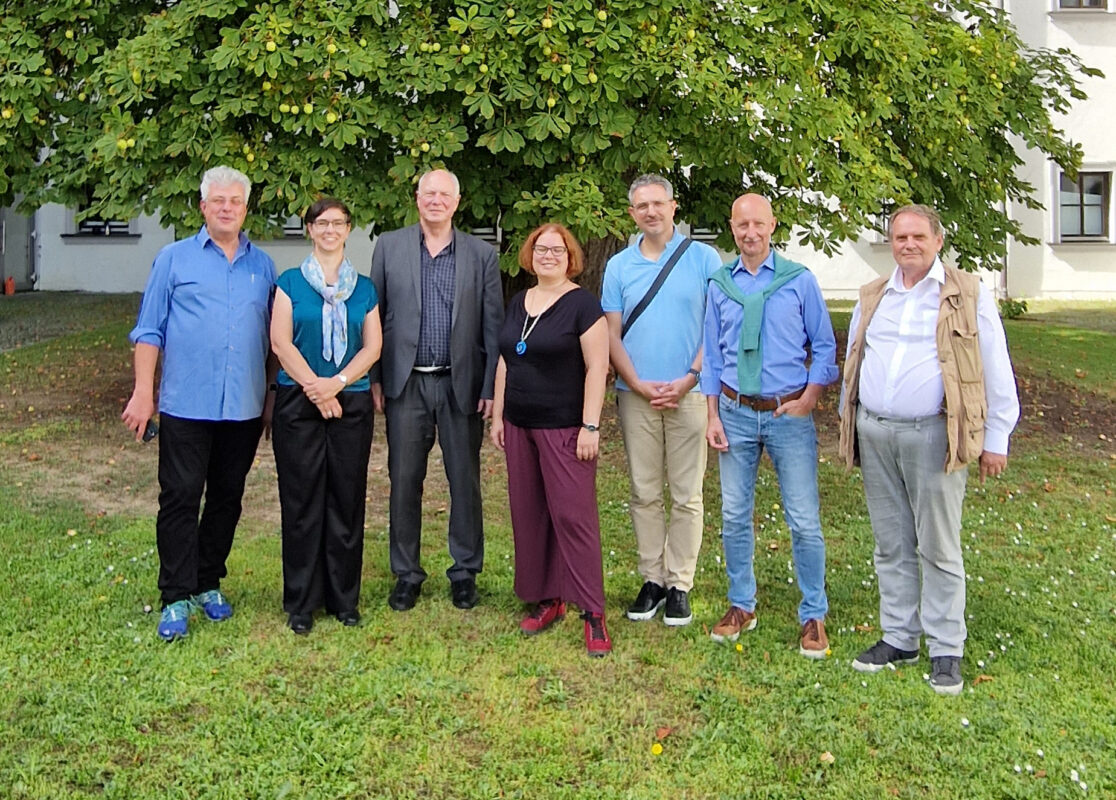Studying music in Germany remains attractive
The number of students enrolled on degree courses for music professions at German universities rose again in the 2011/12 winter semester. According to current calculations, a total of around 30,600 students are enrolled in the field of music, more than half of them at one of the 24 state music universities.

Compared to the previous year, this represents a slight increase of 2 percent. The number of first-semester students reached its highest level in the last ten years at around 5,500. Around 40 percent of the students were enrolled on artistic courses and one third on artistic and educational courses, with one in four enrolled on musicology courses.
With around 8800 students, artistic training in the field of instrumental/orchestral music is the most popular area of study. Jazz and popular music courses have seen the greatest growth, with student numbers more than doubling in the last ten years. Teaching at general education schools, on the other hand, continues to stagnate, and musicology has also seen a 17 percent drop over the same period.
At 56 percent, the proportion of women remains almost unchanged compared to the previous year, as does the proportion of foreign students, which is a quarter of the national average and in some degree programs (instrumental/orchestral music, composition) even more than half of the students.
With around 5700 graduates, more students successfully completed their studies in 2011 than in the previous ten years. More than 2100 orchestral and instrumental musicians alone left the universities, followed by around 1200 prospective teachers at general education schools, which, however, only recorded a slight increase of 3% compared to other fields of study over the last ten years.
In other areas, the growth rates were much higher: the number of graduates in jazz and popular music, as well as in musicology, has more than tripled or doubled in the last decade. In contrast, an above-average number of instrumental and vocal teachers and sound engineers have entered the professional market.
The MIZ's calculations are based on data from the Federal Statistical Office, which compiles the reports from conservatoires and universities, teacher training colleges, church music colleges and universities of applied sciences in its annual student statistics. For the first time, the MIZ has included students with music as their 2nd and 3rd subject in addition to their 1st subject.








